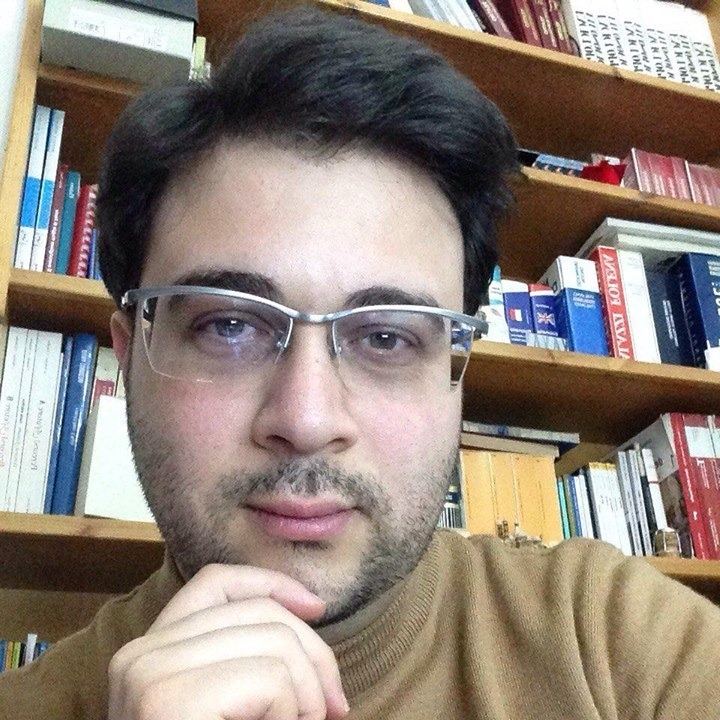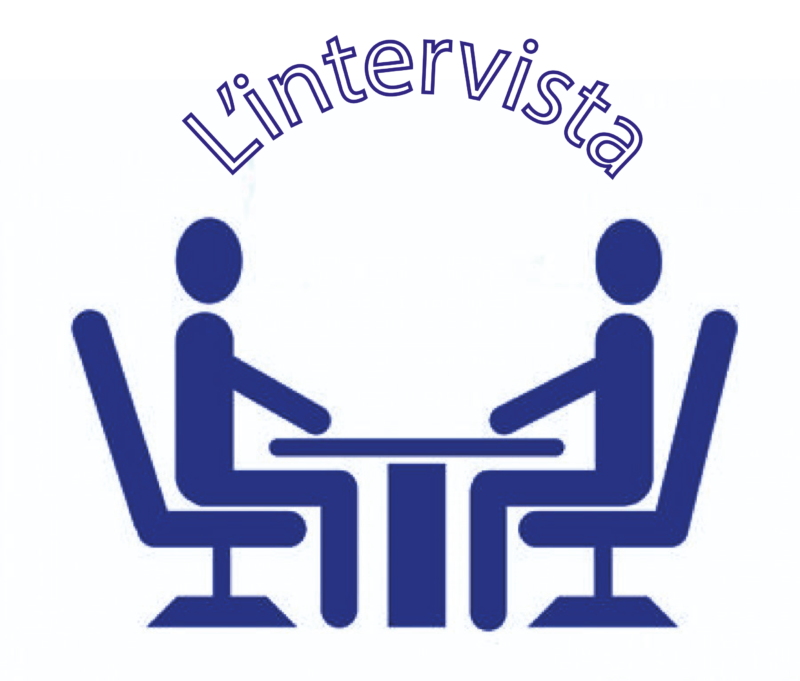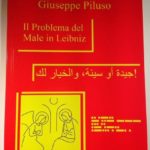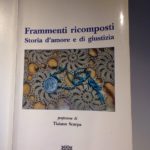Interview
Nb: This section of my blog aims to make Calabria, its people and its artistic forms known as much as possible.
Interview with Mrs Angela Fruci:
Questions: Giuseppe Piluso.
1 ) How did you start making these creations?
A. Fruci: I started by choosing to attend the art institute address “Art of ceramics” then attending this beautiful school, with great masters as teachers (master Bertuccio, Master Farfaglia…) I confirmed my aspirations to make this art my craft. After the first year of valuable apprenticeship at the workshop of ceramist Rosella Pagnotta I worked a few years as an employee and then decided to start my own business, thanks also to the support in my life of the Policoro project. (A Catholic Church project that supports the inclusion of young people in the work world, through networks of local actors and territorial development policies. www.progettopolicoro.it)
2) How do you make this objects?
A. Fruci: With traditional techniques of modeling, majolica and graffiti.
3) What techniques do you use? Do you want to describe any of them?
A. Fruci: I’m pleased to describe the technique of the Squillace ceramics, the technique of graffiti: it is made by passing a layer of white clay on a piece of red clay, and then decorate before baking using tools for engraving. It is a very refined and very ancient technique that dates back to Greek-Byzantine origins and is typical of the Squillace area of Catanzaro.
4) How long have you been doing this job?
A. Fruci: In these terms, by myself, since 2012.
5) Does anyone in the family have this same passion?
A. Fruci: No, but I can tell a nice episode: my maternal great-grandfather was called “the Pignataro” just because he spent his afternoons as a child in the ceramic workshops so much he was passionate about this art, but he was a farmer and never worked in this field, but clearly this passion is in genetics.
6) Have you ever thought about producing more with machinery (small industry level) or do you want to remain on the handicraft, that is, a few pieces but well finished by you? And if so why?
A. Fruci: I have always preferred to remain on the handicraft let’s say so: “hard and pure”, because ceramics is a very common material with regard to objects like souvenirs, crockery etc., so what gives an added value to my work is exactly the total craftsmanship … although in a world like today’s it does not have a very high economic yield I like to maintain the beauty and purity of the handmade with all the ancient and particular techniques that have been handed down for millennia.
I thank Mrs. Angela Fruci and I’ll give you appointment to the next interview!
[ngg src=”galleries” ids=”12″ display=”basic_slideshow”]


